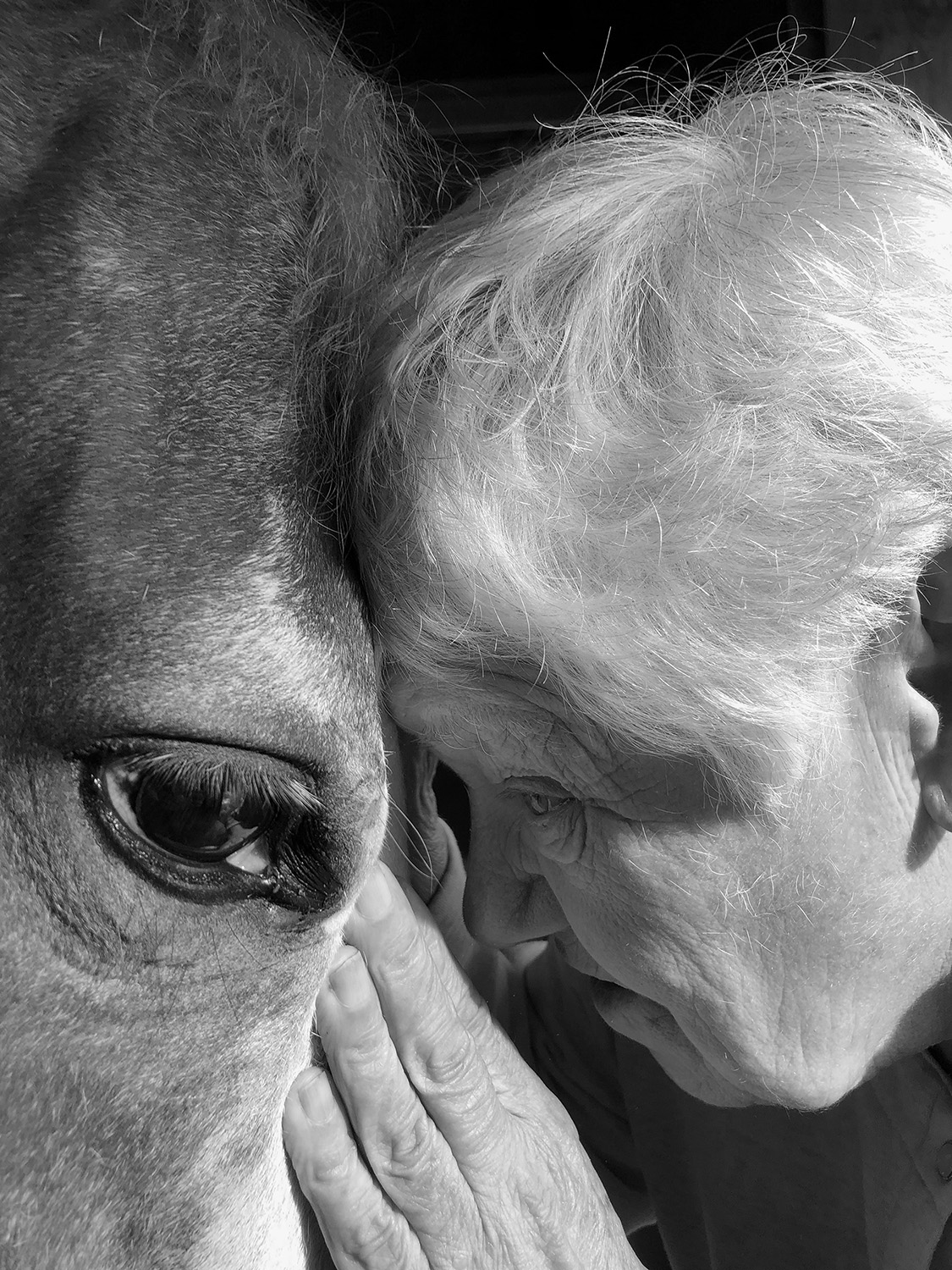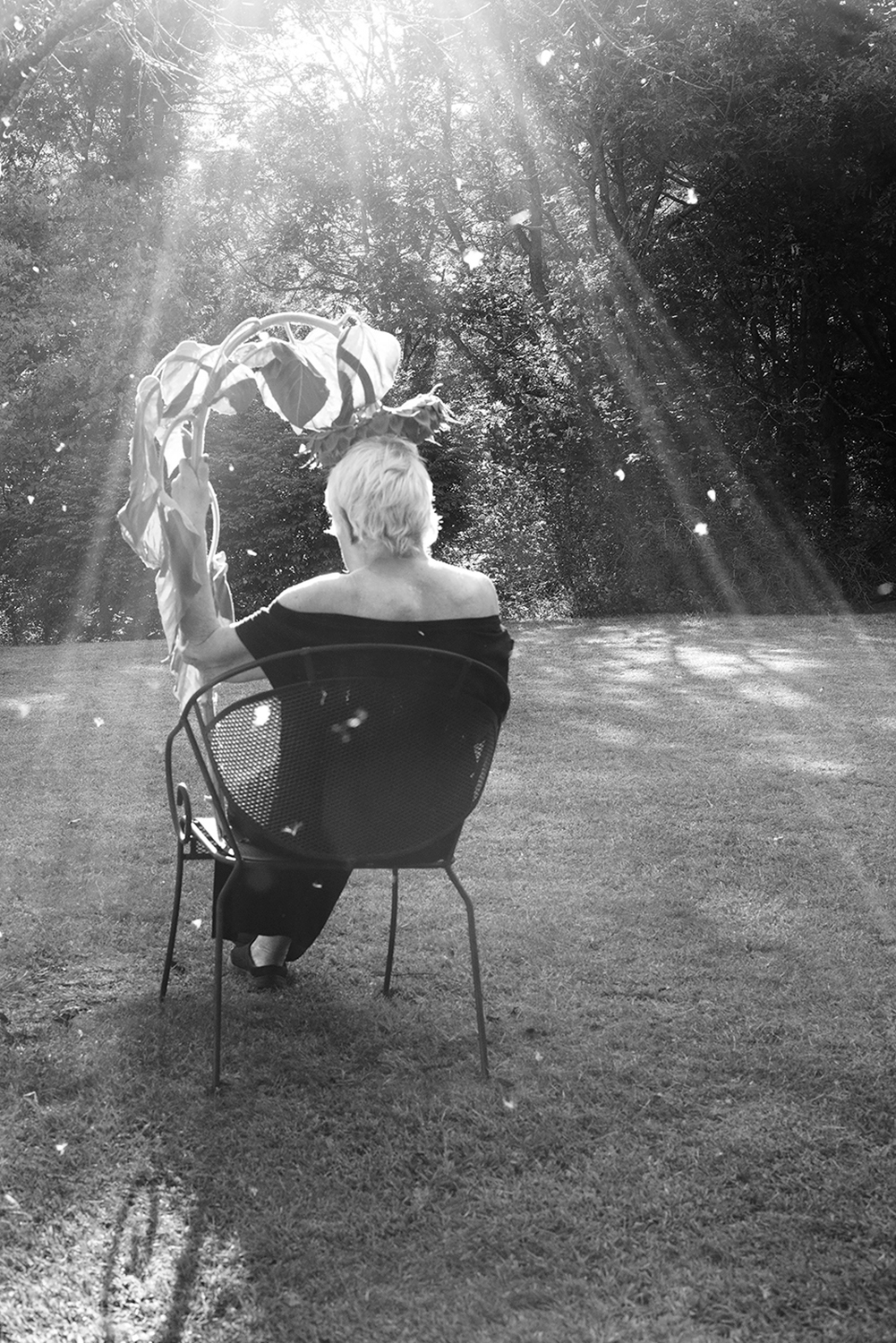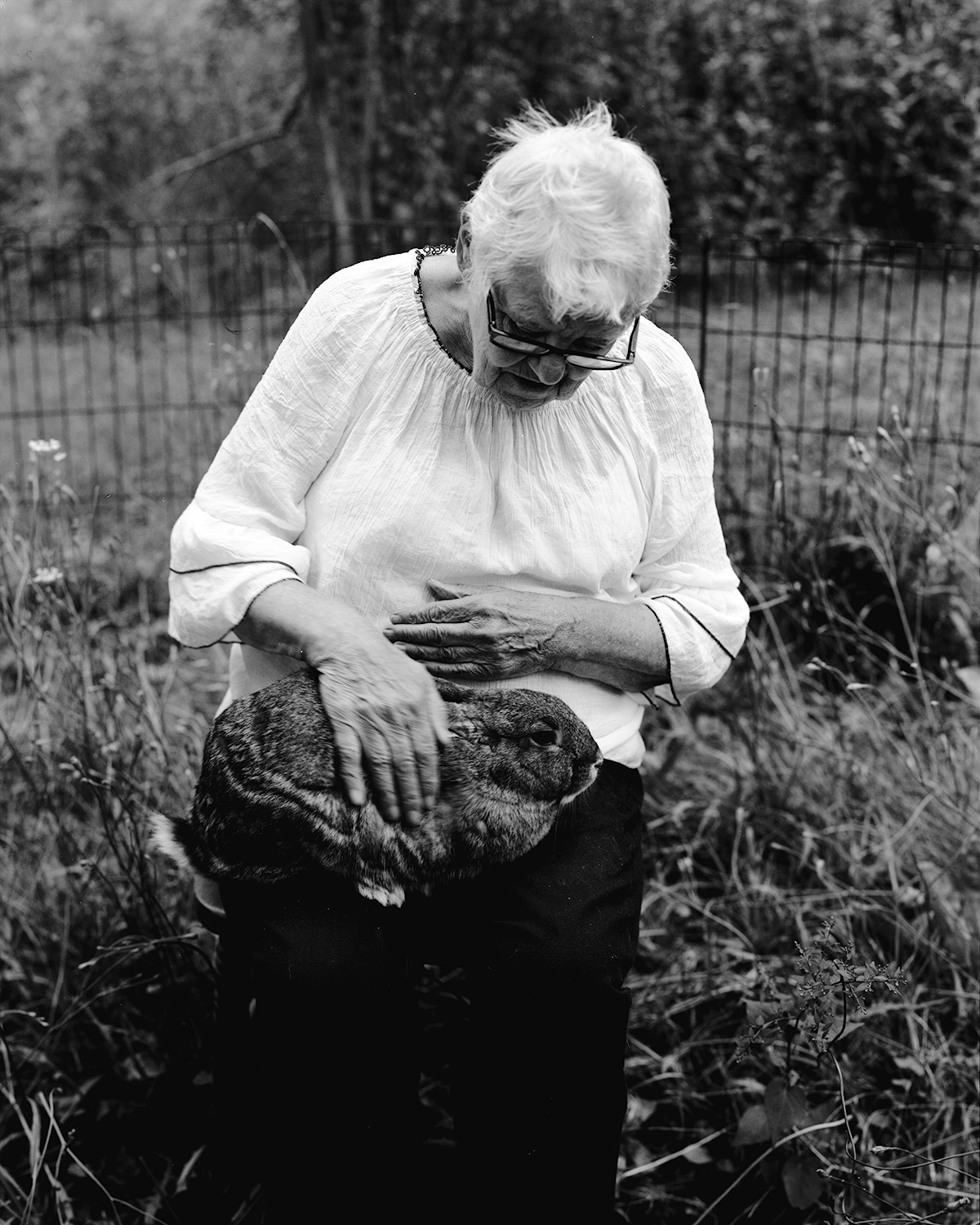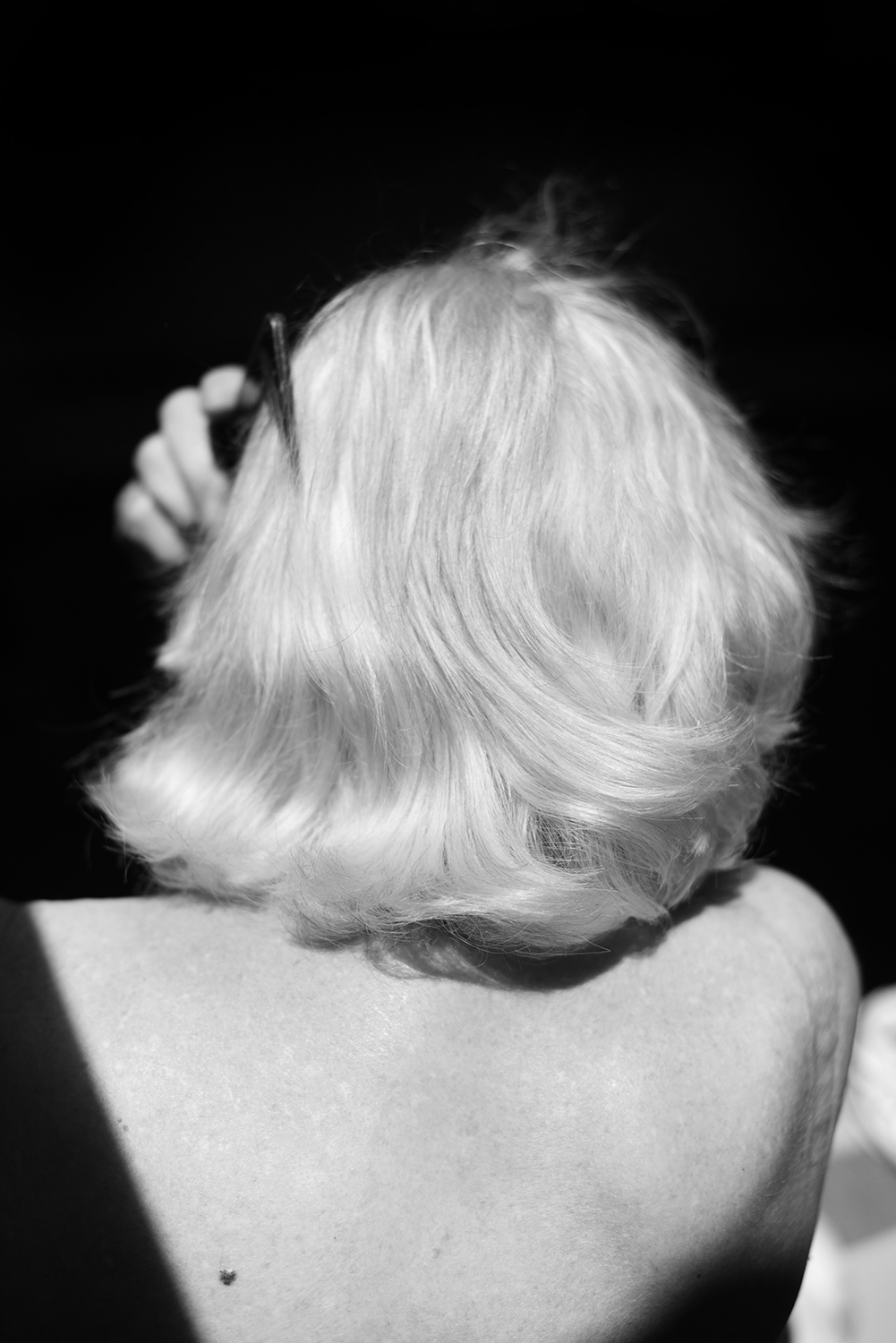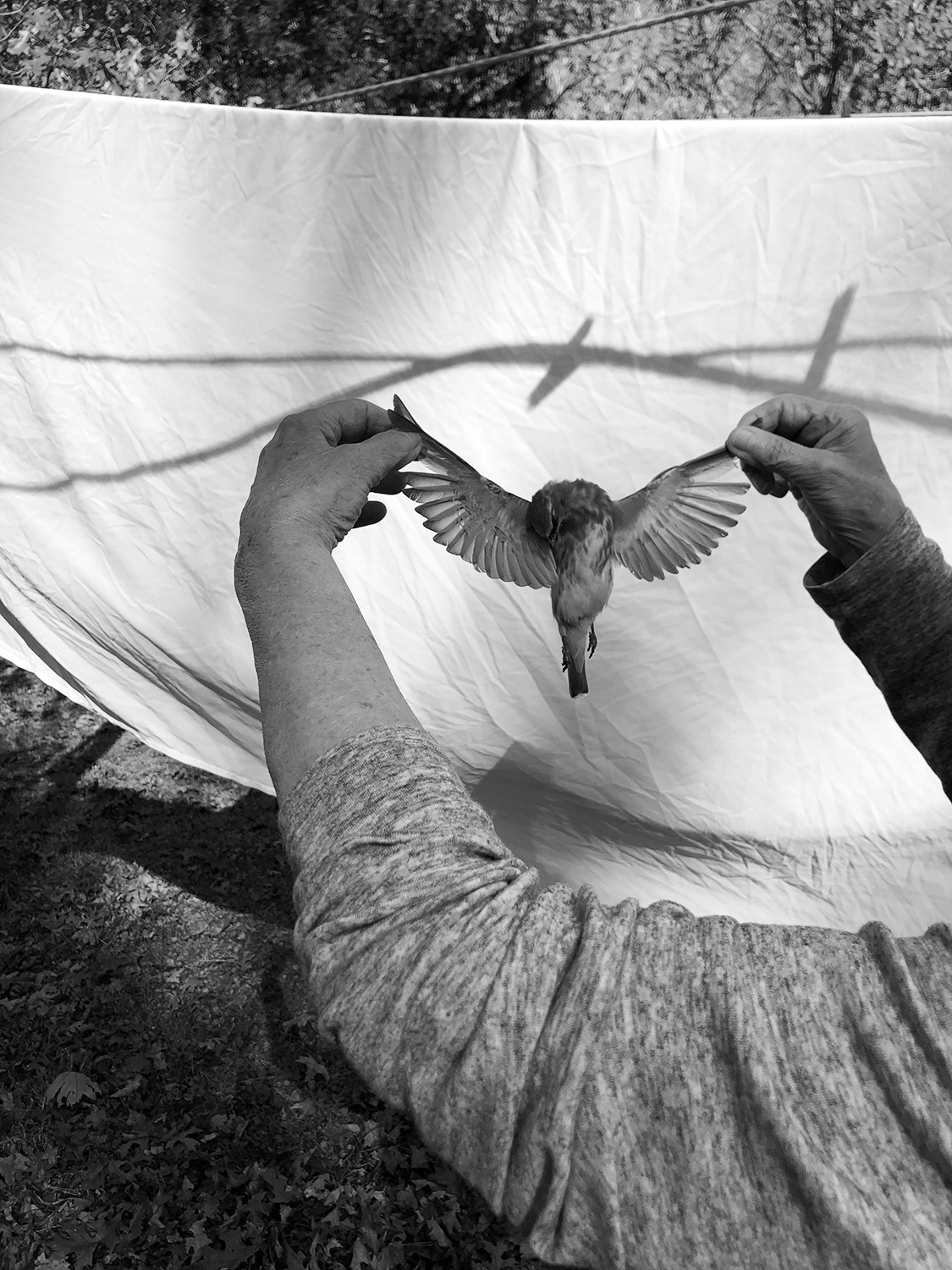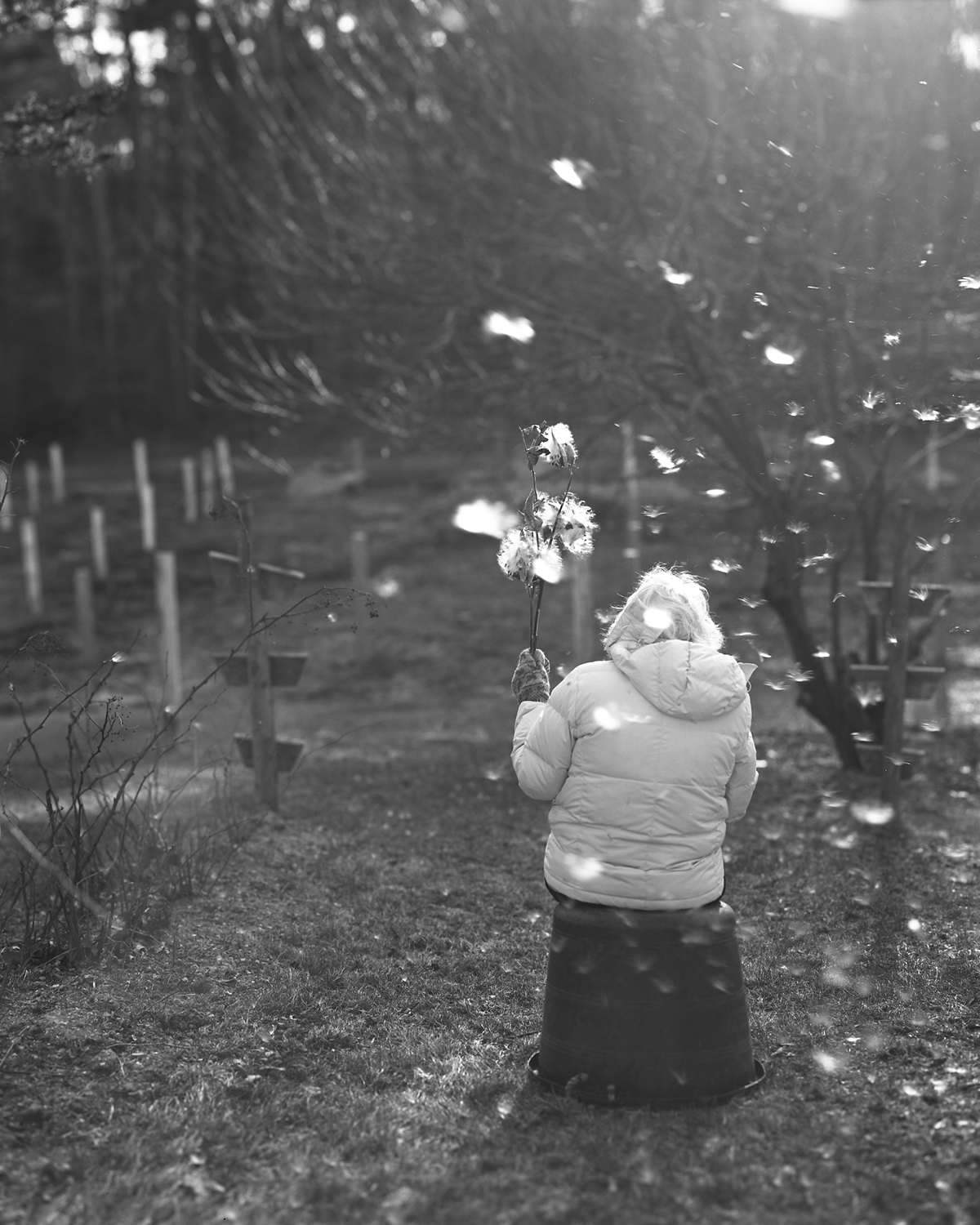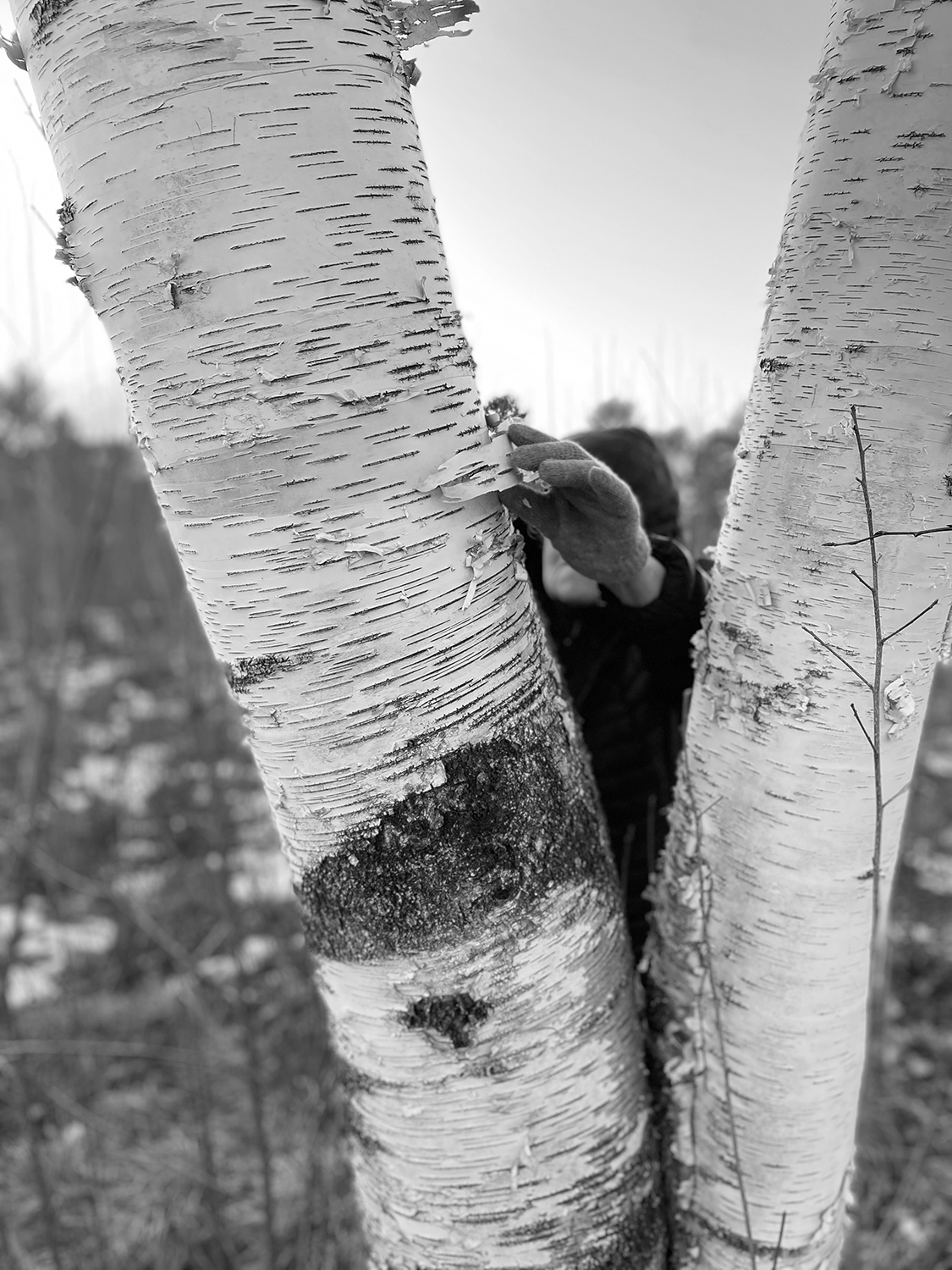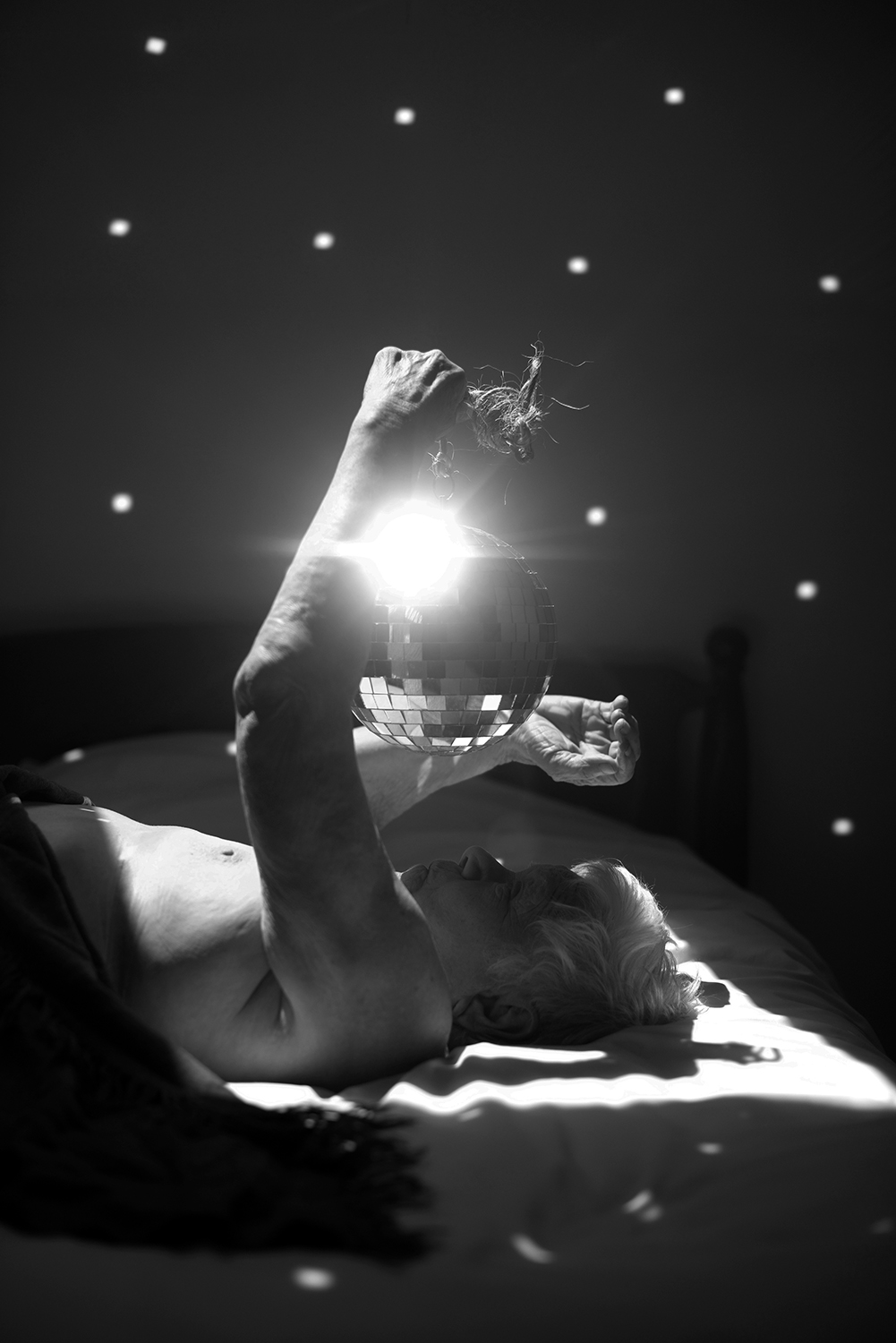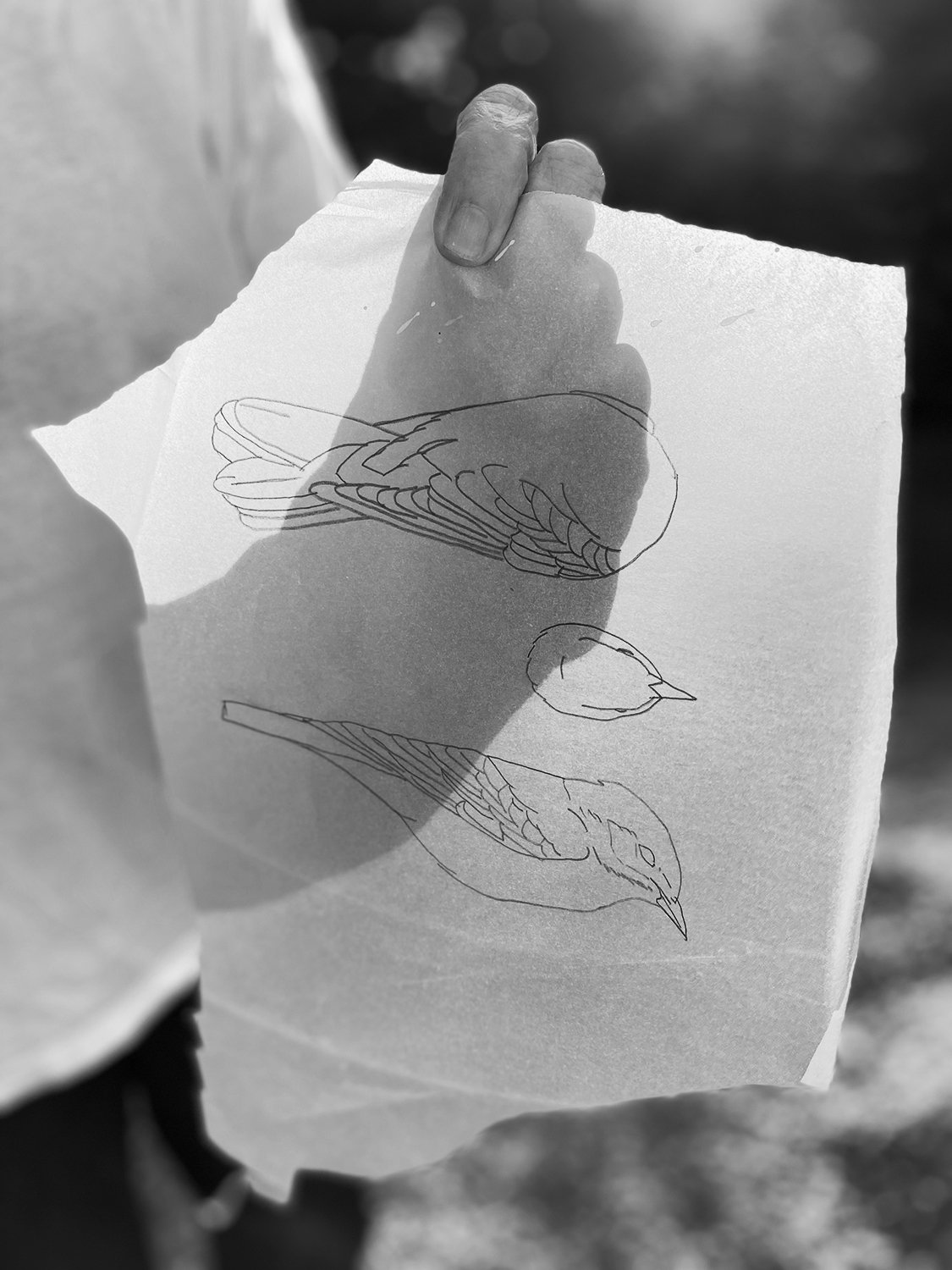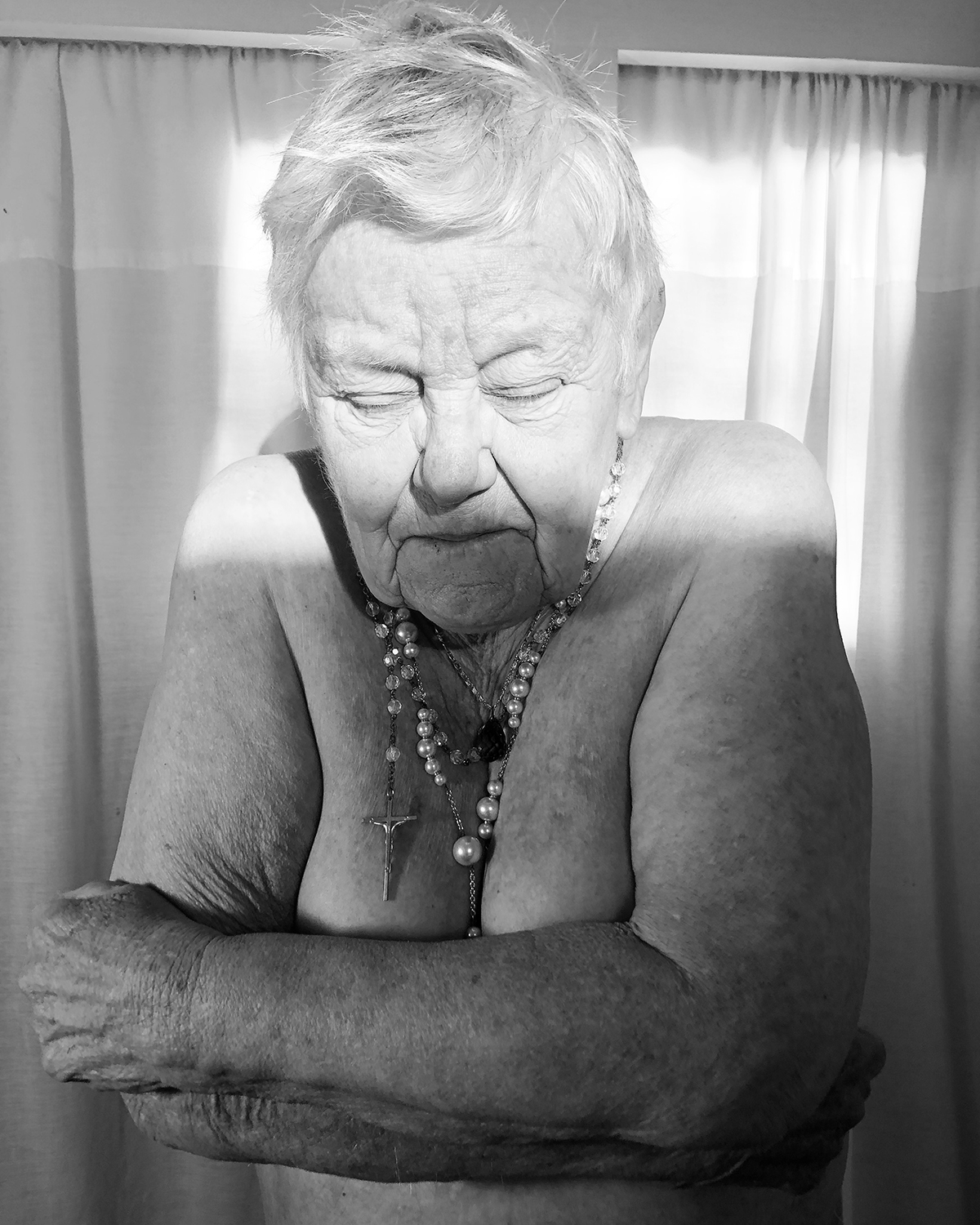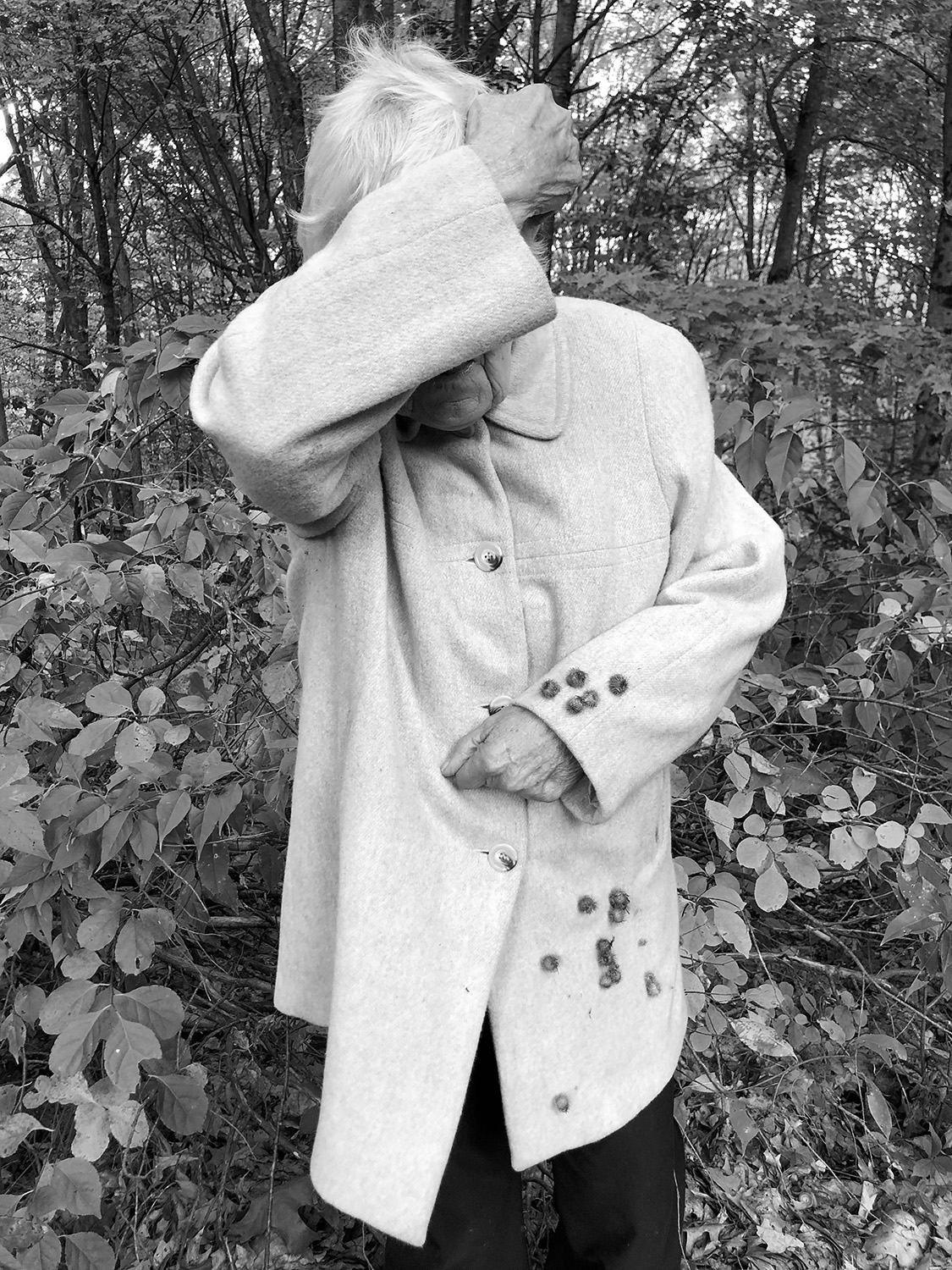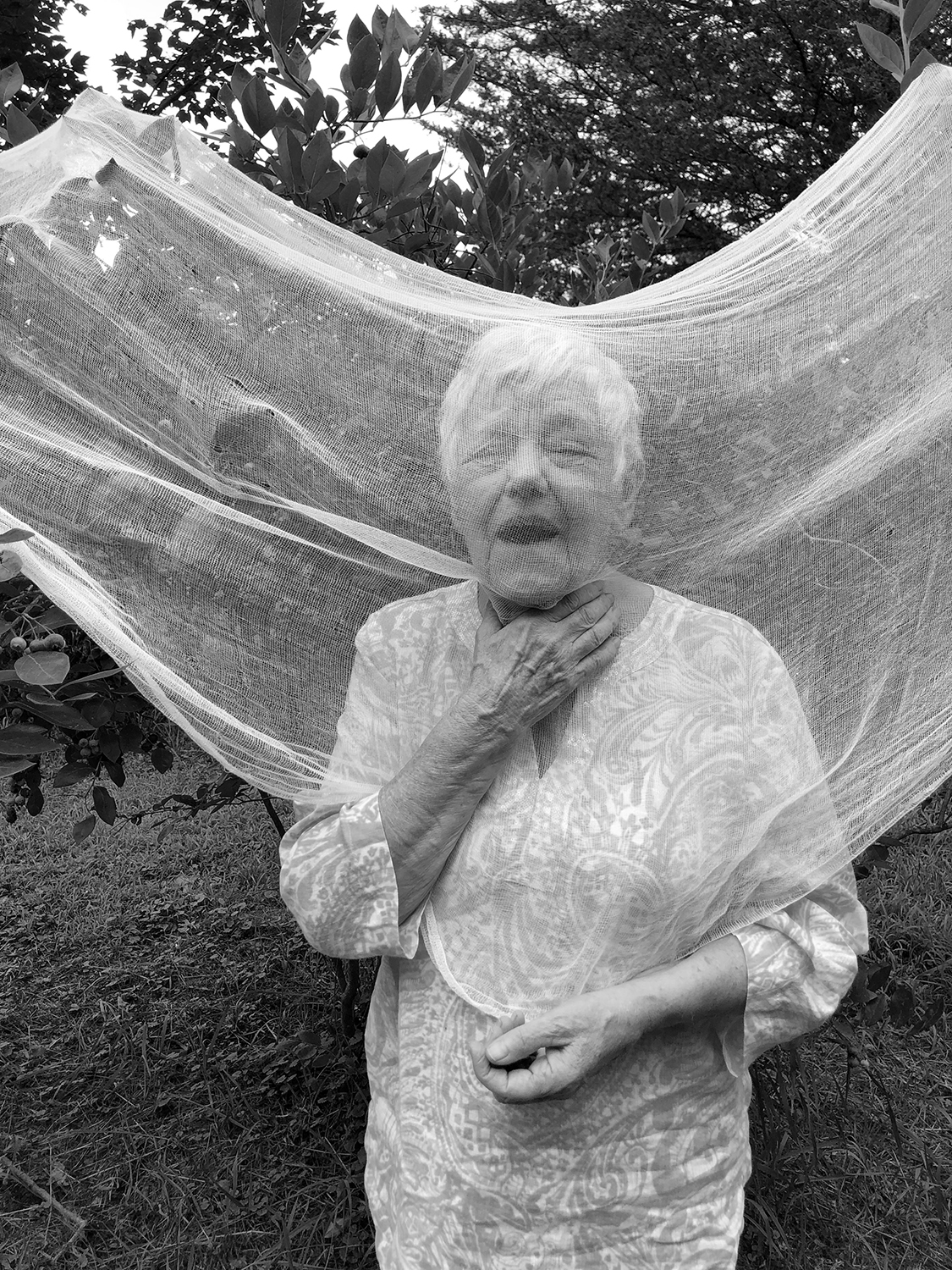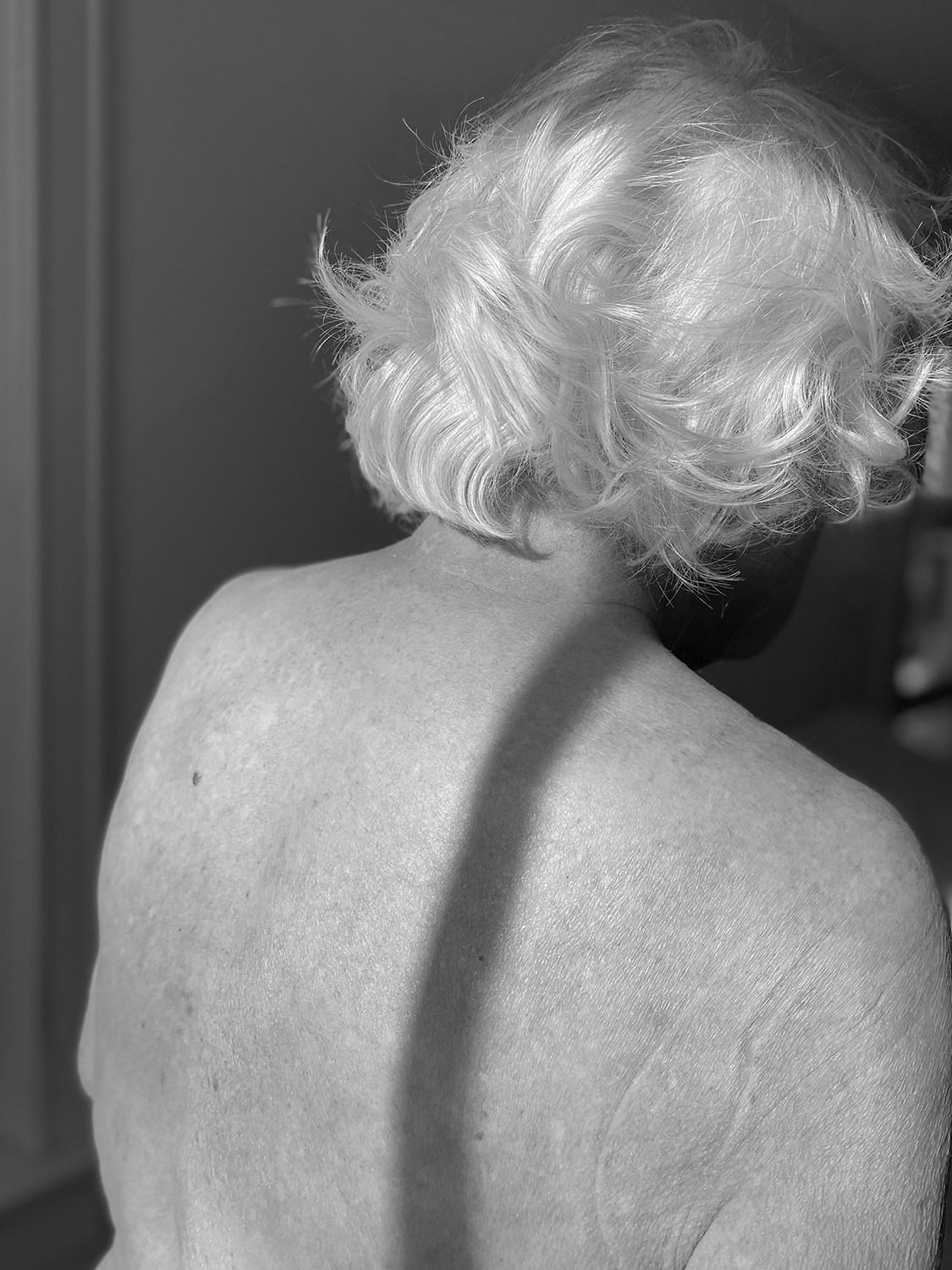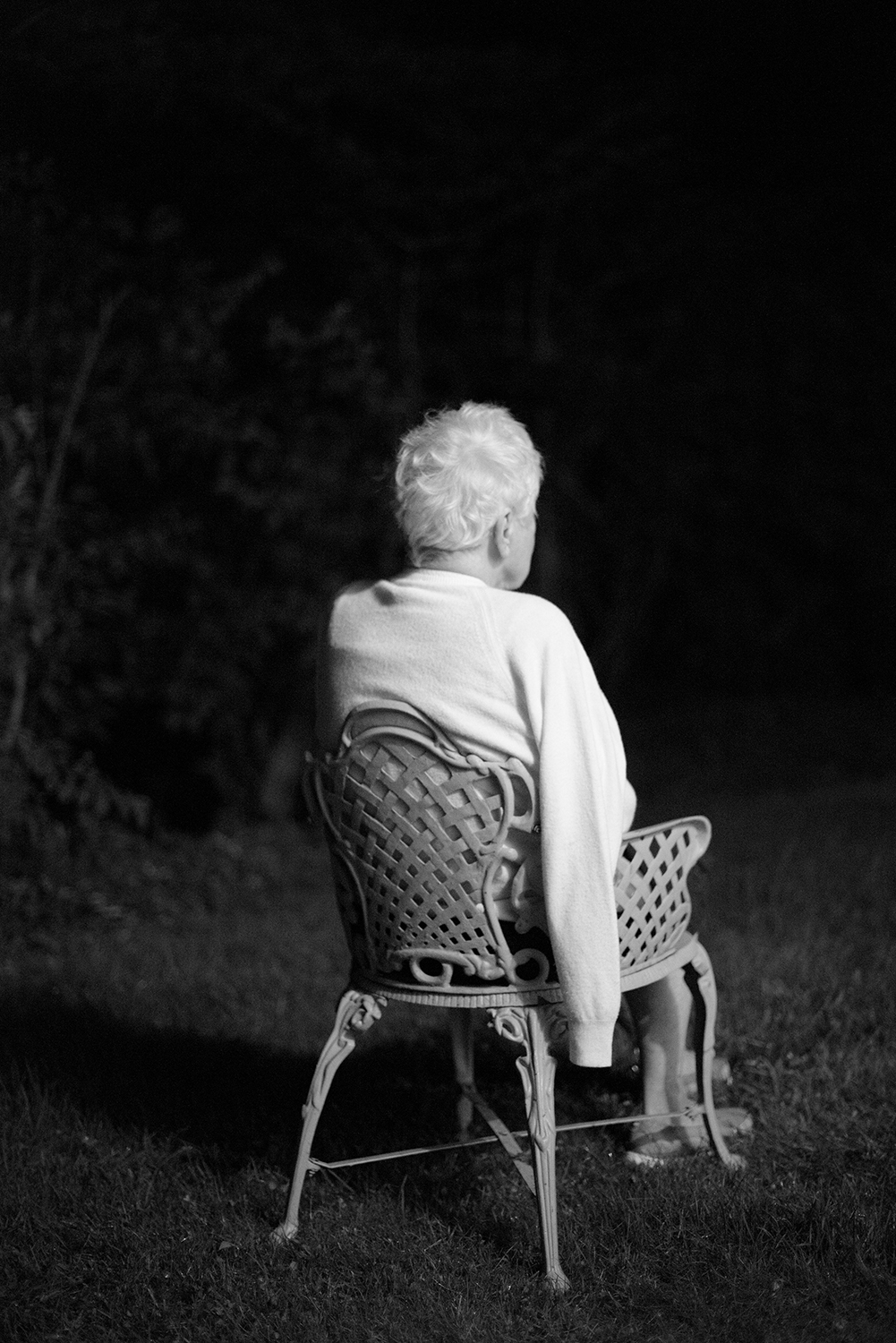Memory/Loss Series: Cheryle St. Onge: Calling The Birds Home
Welcome to the second feature of our Memory/Loss series, showcasing photographers who explore themes related to family, grief, aging, and caregiving. Many of the artists grapple with Alzheimer’s disease, in particular, using their cameras to tell intimately personal stories of their loved ones as their memories fade. The CDC estimates that in the United States alone, 5.8 million people will be affected with Alzheimer’s and other related dementias. That’s about 1 in 9 people, making it a tragically common experience for so many families. Moreover, because the disease is genetic and there is no known cure, many wonder if their genes hold the same fate. This collective of photographers from across the globe shed light on the reality of this terrible disease and the memories and loss associated with memory loss.
This series is organized by Hannah Latham in collaboration with Aline Smithson. Latham completed her thesis, Bring Me A Dream, at Rhode Island School of Design, which focuses on the tragic decline of her paternal grandparents. Inspired by her grandmother’s experience with Alzheimer’s, Memory/Loss features a series of photographers exploring similar themes.
Visit the Alzheimer’s Association’s resources to learn more about the causes, treatments, and how to help.
I first discovered Cheryle St. Onge’s work a few years back when she was a finalist for the Arnold Newman Prize at Maine Media Workshops + College. Later awarded a Guggenheim Fellowship; Onge has always impressed me with her level of commitment to a story, no matter what camera she has on hand. Her 8×10 black and white photographs in Calling the Birds Home inspired me to start photographing the elders in my life, later completing my thesis on my grandparents. Her images follow the changing seasons, drawing parallels between the natural world and her mother’s life. I can’t help but think about the cyclical nature of Alzheimer’s when it comes to the daily routine, often unable to tell the days apart. I admire the level of collaboration she maintained with her mother and the beautiful memories they created together.
Cheryle St. Onge works with an 8” x 10” view camera and counts her pictures as a collaborative process with family and friends. She has been on the faculty at Clark University, Maine College of Art, and The University of New Hampshire. St. Onge is the recipient of a Polaroid Artist Support Grant, Guggenheim Fellowship, Critical Mass Exhibition Award, New Hampshire Charitable Arts Grant. Her work is widely collected, privately and publicly most notably, the Polaroid Corp, the Univ. New Mexico Art Museum, the MFA Houston, and the Guggenheim Foundation.
Follow Cheryle St. Onge on Instagram: @cherylestonge
Calling the Birds Home
Calling the Birds Home is a photographic exchange of the energy of life—the give and take of the familial between mother and daughter who lived side by side on the same New Hampshire farm for decades. Our love was mutual and constant. In 2015 my mother developed vascular dementia, and with that began the loss of her emotions and her memory and the relationship of mother and daughter as we had known it for nearly 60 years. In my mother’s earlier life, she was a painter and then in more recent decades she began to carve birds. A carving would begin with her vast knowledge of birds, her research and then after whittling away at chunks of wood. My mother would eventually offer up an exquisite painted out chickadee or barred owl, life size and life like. I began to photograph her with any camera in reach—an iPhone or an 8×10 view camera as a distraction from watching her fade away, as a counterbalance to conversation with her about death, as a means to, record the ephemeral nature of the moment, to find some happiness and light, and to share the images with others we loved.
Because of the dementia, my mother and I no longer had conversations. But we did still have a profound exchange through photography. She must have recalled our history and the process of picture making because she brightened up and was always eager and willing to be photographed. My mother did her best and I did mine. And then in turn, I offered up the pictures away to anyone who would look. It was an excruciating form of emotional currency.
My mother died at home On Oct 3. 2020. Time has been excruciatingly measured by that loss. A year to reflect on the passing of time, sans her, measured out within a snowy winter, over a family holiday in August, through a fall afternoon watching migrating birds pause at her feeder. The expanding and the contracting of 365 days with hope and longing for some semblance of her anywhere.
Tell me about your coming of age and what brought you to photography?
It was the view camera that I fell hard for, the way it let me see things that I would otherwise miss. My mother was an artist, my father was a physicist, we had the classic academic life, and it was heaven having what often felt like the run of the campus as a young kid living in a college town. Lots of reading, lots of sketching, swimming in the ocean and horses.
I was studying art at Clark University and I took a course that offered the opportunity to use a 4” x 5” view camera and wow I was hooked! It was the looking and the slow watching of the unfolding of the picture in front of you, as you thought it through solo under that dark cloth – I loved it and immediately bought my first view camera. An old 4” x 5” all aluminum Sinar from one of my professors and he offered the option to I split and stack wood to work off the purchase! I use a digital camera for much of my editorial work, but I am still most comfortable making work with an 8 x 10 view camera.
What does your photographic practice look like, and what brought you to this subject matter?
My practice changes between teaching during the year vs summers when I am off. And that variety is helpful as it is a constant ongoing process. I use lists, snapshots, groups in my address books, folders on my laptop. You name it to keep ideas available and accessible. I make lists of ideas, of places, people – connections. And I share and talk about my ideas – possibly too much, but that is part of my DNA. I love a good collaboration so discussing an idea is a bit of that isn’t it?
Calling the Birds Home was a radical shift from anything I had done prior. My mother was the greatest person on the planet – I was an only child and I had a glorious childhood with two fabulous humans for parents. Alas I had zero interest in making pictures about any of that.
It was when my mother developed Vascular Dementia and it was of course, devastating on all fronts. I began to care for of her day to day and that brought about changes in my artist practice and my mindset. I stopped making pictures and she and I both were depressed.
I had dear friends that listened to me attempt to work through this profound sadness. But it was them firmly stating – go make pictures with your mother ! Maybe you will feel better. I would be nowhere without my artists friends!
The idea of making work about someone I loved, in a fragile state was unthinkable. Alas we tried and I was shocked by how much my mother seemed to enjoy sitting for a picture! Fast forward collaborating on work became our new language, a new love we shared, something we did together up until her death in October of 2020.
What have you learned throughout creating this body of work?
It is so important to have a posse of support. I have friends, family, colleagues that I share sometimes great and sometimes fledgling work with, for their feedback. I remind myself to Not Over Think. It is about finding that balance between thinking and planning and just jumping in. I love a good idea and a road map but sometimes the messiness of life is what makes the work sing.
My mother somehow managed to embrace the changes she was going through due to the dementia. And while our care giving roles has reversed – she was still the consummate mother. Silently helping me to become comfortable with my failures as we made pictures together. In hindsight, it is the images I first thought were flops, that I initially edited out that make my heart soar now when I see her face.
Who are your biggest influences / what inspires you to create?
I love looking at the work of other artists, photographers, painters, reading the work of writers, poets. It is vital to understand who is doing what and when, seeing how others historically or in a contemporary manner have addressed similar subject matter.
The work of the faculty I studied under were my first loves and influences. I went to Mass Art (Boston) for my MFA and was fortunate enough to study under the incredible trifecta of large format photographers, Barbara Bosworth, Nick Nixon and Abe Morrell.
There is a wonderful rush in seeing what you made on film because it really will be different than what you imagined or possibly witnessed, different than what you saw when you were there, and it was unfolding during the making of
the picture. And it is that mini magic I feel in darkroom processing film that I find inspirational.
What is next?
As a wonderful counter balance to making work to please myself – especially when I might be vacillating a bit, waiting for the season to change, waiting to get on a boat. I sometimes pitch editorial work. Over the past year or so when I was mourning my mother. I greatly enjoyed some fabulous assignments that I could dive into 100%. And thanks to The New Yorker, Harpers, NYT seeing one’s work in print is always such an ego high.
This fall I am collaborating with Palm Press creating a limited portfolio of Calling the Birds Home. The process has been wonderful – to look at prints together, to be in their studio, have conversations about the printing of an image in their darkroom and to share stories about my mother, her art making process and her knowledge and love of all things bird. It has been an incredible joy to see the early support of this portfolio and I am so as grateful to Gus Kayafas and everyone at Palm Press.
I am back in that familiar place, having a large project end (Calling the Birds Home) and enjoying a quasi clean studio. I have ideas for new work. I am editing work made this summer of the Offshore with N. O. A. A (sailing with my family). Since my mother’s death to cope with the sadness, I began meditating, running more, and attempting to be aware and open vs overwhelmed and distracted – certainly an ongoing process.
And then there is my hope for a book. Over the past two years I have been fortunate to receive a few of grants to help support bringing Calling the Birds Home, into a book. Carving out time this coming year in between teaching to work on the edit and sequencing. Autumn, signals a bit of introspection for me, so I hope I will be circling back to my posse of friends more, seeing their new work, sharing mine, and talking and supporting one another.
Posts on Lenscratch may not be reproduced without the permission of the Lenscratch staff and the photographer.
Recommended
-
Martin Stranka: All My StrangersDecember 14th, 2025
-
Interview with Maja Daniels: Gertrud, Natural Phenomena, and Alternative TimelinesNovember 16th, 2025
-
MG Vander Elst: SilencesOctober 21st, 2025
-
Photography Educator: Josh BirnbaumOctober 10th, 2025
-
Aiko Wakao Austin: What we inheritOctober 9th, 2025

